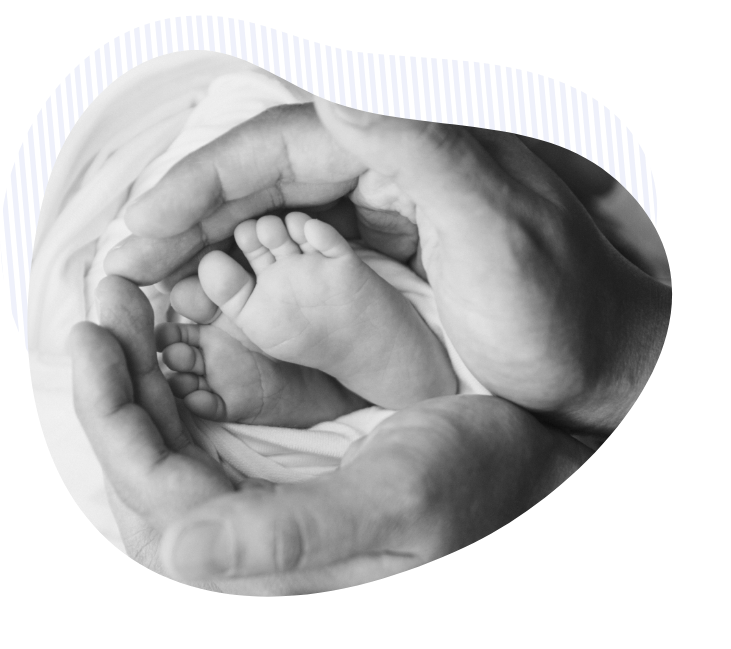






PESA and TESA
with us.

Sperm with low mobility or poor morphology can cause great difficulty in achieving fertilization, hence reducing the probability of creating a pregnancy. PESA and TESA refer to a needle aspiration technology, used to retrieve sperm from the epididymis or directly from the testis through needle biopsies. These procedures provide the male partner with an opportunity to father a child.
PESA (Percutaneous Epididymal Sperm Aspiration) and TESA (Testicular Epididymal Sperm Aspiration) are options definitely worth considering in cases of male factor infertility. These procedures involve the extraction of sperm from a semen sample or through a testicular biopsy, and the selection of the healthiest sperm for a direct union with an egg, facilitating fertilization and pregnancy.
In order for pregnancy to naturally occur, the sperm must travel through the uterus to reach an egg, fertilize and form an embryo. While the process sounds simple, there are multiple factors that can jeopardize this journey, causing hindrances at every step of the way. These may include low sperm count, decreased sperm quality or mobility, a blocked fallopian tube or cervix, a damaged or diseased uterus, and/or disruptions in the release of sperm.
Our hope in
PESA and TESA
When the gametes (sperm and egg) are unable to fertilize naturally, in-vitro fertilization may be an option.
In-vitro fertilization in-vitro fertilization (IVF) is a highly complex assisted reproduction treatment. With a significant success rate, IVF has become the most sought-after procedure for couples to achieve pregnancy.


How is PESA and TESA Performed?
1
STEP
STEP
The sperm-retrieving procedures are part of an in-vitro fertilization procedure, which begins with taking ovary stimulants to increase the number of mature eggs and improve their health in the ovaries.
2
STEP
STEP
While on ovarian stimulants, the gynecologist at American Hospital’s IVF facility will continually monitor the development of a woman’s ovaries through ultrasounds and blood tests. Once eggs are matured to the required size and number, they’re removed from the uterus through the cervical cavity by using a minimally invasive procedure.
3
STEP
STEP
Next comes the retrieval of sperm, which depends upon the underlying problem of male infertility. For example, if ducts are blocked, sperm will be collected through surgery. If the semen sample doesn’t contain enough sperm, the doctor will perform a biopsy to remove sperm-containing tissues from the testicles or extract sperm from the area where they’re blocked, using percutaneous or testicular sperm aspiration.
4
STEP
STEP
Following the collection of sperm, they are sent to an embryology laboratory where healthy sperm are selected using a microscope and then injected into healthy eggs. The egg with the injected sperm is then checked on the following day for signs of fertilization. When fertilization takes place, it is monitored under controlled settings for a couple of days (5 – 7 days) to develop into an embryo. At this point, if the couple wishes, the embryo can be checked for the detection of any genetic disorder and chromosomal abnormality. The embryo is then transferred to the woman’s uterus for implantation.

Schedule a Consultation
PESA and TESA have turned out to be effective options for couples experiencing male factor infertility. If you’d like to schedule an infertility evaluation, or have any further questions about PESA and TESA, use our online booking form to make an appointment at American Hospital’s Fertility Center right away.
BOOK NOW






